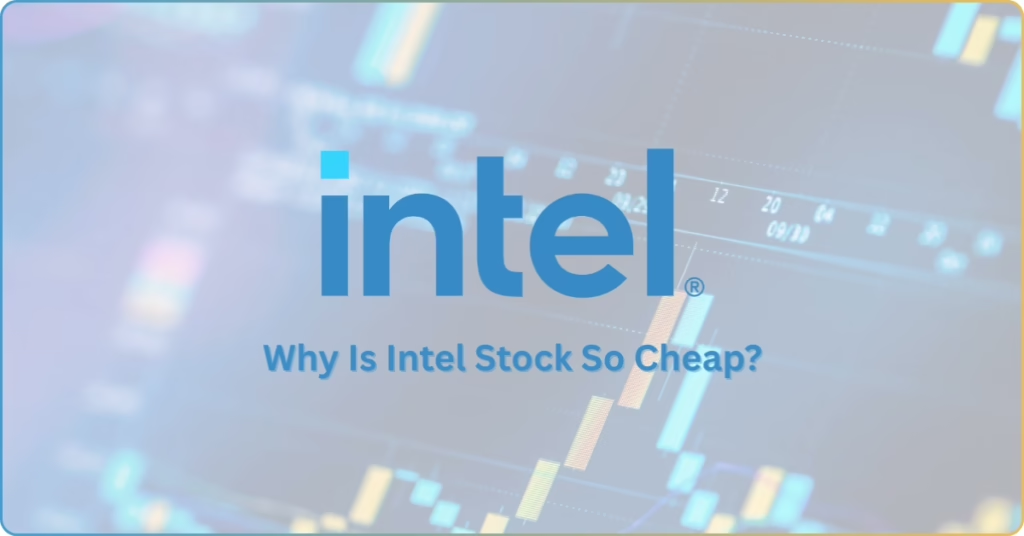The primary challenge cryptocurrency faced (and still faces) is public distrust in its system. Since it’s decentralized and relatively newer technology, issues that could harm your funds are often deemed inevitable.
However, the integration of consensus protocols ensures that trust is maintained within the decentralized, largely unregulated system.
These protocols are the foundation of blockchain technology, enabling secure, transparent, and immutable transaction validation without the need for centralized authorities such as banks or payment processors.
How Are Cryptocurrencies Created?
Cryptocurrencies are created through processes such as mining (Proof-of-Work) or staking (Proof-of-Stake). These mechanisms validate transactions, secure the blockchain, and, in some cases, generate new coins as rewards for participants.
Mining (PoW-based creation)
New blocks are added to the blockchain by solving complex cryptographic puzzles. This requires immense computational power, and miners are rewarded with new coins.
Bitcoin, for example, has a fixed supply of 21 million coins, with block rewards halving every four years.
Staking (PoS-based creation)
Instead of mining, validators stake their own cryptocurrency holdings to participate in transaction validation.
Validators are chosen based on the amount staked, ensuring network security with less energy consumption.
Why Are Consensus Protocols Important?
Consensus protocols are essential for maintaining blockchain networks’ security, integrity, and decentralization.
These protocols don’t simply enable seamless peer-to-peer transactions—they’re laid out to prevent fraud and ensure trust.
Ensuring Data Integrity
Blockchain networks record transactions in a decentralized ledger, preventing unauthorized alterations.
Cryptographic hashing ensures that each transaction is securely linked to the previous one, making tampering nearly impossible.
For example, BTC uses the SHA-256 hashing algorithm to secure its blocks.
Double Spending Prevention
Unlike traditional fiat currencies, digital assets can be copied and reused if not properly secured.
Consensus protocols prevent double spending by ensuring multiple participants verify each transaction before adding it to the blockchain.
Building Trust and Reliability
Trust in blockchain networks is established through decentralization, where no single entity controls the system.
Consensus protocols allow participants to agree on the validity of transactions, ensuring that all network users operate under the same rules.
What Are Consensus Protocols?
Consensus protocols are sets of rules that enable blockchain networks to validate transactions and maintain security. Each protocol has its own advantages, disadvantages, and use cases.
Below are the major consensus mechanisms used in the cryptocurrency space:
Proof-of-Work (PoW)
Proof-of-Work (PoW) was the first consensus mechanism introduced by Bitcoin in 2009 through its whitepaper.
This mechanism relies on computational power to solve complex puzzles, securing the network through mining. However, it’s considered energy intensive. In fact, it almost equals Argentina’s energy consumption of around 127 TWh annually.
Here are the notable cryptocurrencies that use this consensus mechanism:
| Bitcoin (BTC) | The first and largest cryptocurrency, with a market capitalization of over $1 trillion as of 2024. |
| Ethereum Classic (ETC) | A continuation of Ethereum’s original chain before the 2016 DAO hack rollback. |
| Litecoin (LTC) | Designed as a faster alternative to Bitcoin, with a 2.5-minute block time. |
| Monero (XMR) | Focuses on privacy and untraceability using ring signatures and stealth addresses. |
| Zcash (ZEC) | Offers optional transaction anonymity through zero-knowledge proofs (zk-SNARKs). |
Proof-of-Stake (PoS)
PoS was introduced as an energy-efficient alternative to PoW. Instead of mining, validators are selected to create new blocks based on the amount of cryptocurrency they stake.
PoS offers improved scalability and lower transaction costs.
Here are some cryptocurrencies that use the PoS consensus mechanism:
| Ethereum (ETH) | Transitioned to PoS in 2022 with Ethereum 2.0, significantly reducing energy consumption by over 99%. |
| Cardano (ADA) | Uses the Ouroboros protocol, which is provably secure and energy efficient. |
| Polkadot (DOT) | Enables interoperability between different blockchains. |
| Tezos (XTZ) | Supports self-amendment, allowing for seamless protocol upgrades. |
| Algorand (ALGO) | Employs pure PoS, ensuring fast and scalable transactions. |
Proof-of-History (PoH)
Solana introduced PoH to improve transaction speed by pre-ordering transactions before they are added to the blockchain.
This mechanism enhances efficiency by reducing the time required for network agreement.
The cryptocurrency that pioneered PoH is Solana (SOL). Capable of processing over 65,000 transactions per second (TPS), Solana is known to be one of the fastest blockchains—even dubbed as the Ethereum killer.
Practical Byzantine Fault Tolerance (PBFT)
PBFT is used primarily in permissioned blockchain networks where participants are known entities.
It minimizes computational costs while ensuring network consensus through a voting-based approach.
Even though it’s considered less common, PBFT is used by these popular cryptocurrencies:
- Hyperledger Fabric: An enterprise blockchain solution supporting modular architecture.
- Zilliqa (ZIL): Uses sharding to enhance transaction throughput.
- NEO: Aims to build a smart economy through digital assets and smart contracts.
The Importance of Consensus Protocols to Your Investment
Cryptocurrency consensus protocols are crucial in securing blockchain networks, preventing fraud, and ensuring reliability.
Understanding PoW, PoS, PoH, and PBFT helps investors and developers choose the right network for their needs.
As blockchain technology evolves, consensus mechanisms will continue to advance, improving efficiency, scalability, and security. Emerging solutions such as hybrid consensus models and new cryptographic techniques will shape the future of decentralized finance (DeFi) and digital assets.

















